The Dipper is the only songbird in the world that can swim under the water. While ducks and geese swim regularly, you generally don’t see cardinals or thrushes cruising around in the local pond!
Despite this strange behavior, its name actually refers to its behavior. As it moves about, it bobs and dips its body in an odd fashion. Read on to learn about the Dipper.
Description of the Dipper
There are several different species of Dippers, and though their coloration differs, they all have similar body shapes. They have stout bodies with short tails, short wings, and relatively long legs.
Their plumage, or feathers, comes in a variety of colors. All species are primarily brown or tan, but some species have white or red patches of feathers at their throats.
Interesting Facts About the Dipper
Researchers recognize five different species of these birds. Each species is unique in its own way, and you can learn more about the different species below.
- American Dipper – In its range throughout northeast North America, this species experiences some cold temperatures. It’s bad enough surviving in frigid weather, but worse when you must swim in the water! To cope, these birds grow thick feathers and greatly slow their metabolism.
- Brown Dipper – Just like their name suggests, this little bird is deep brown in color. They live throughout much of Asia, but are quite shy. Though humans do not frequently see this species, the IUCN lists it as Least Concern.
- Rufous-Throated Dipper – This species, also known as the Argentine Dipper, lives only in a small region of northern Argentina. Habitat destruction threatens this bird’s small range of aquatic ecosystems, and the IUCN lists it as Vulnerable.
- White-Capped Dipper – These little birds live just to the north of their other South American neighbor, the Rufous-Throated species. While several other species have patches of white or red plumage on their throat or chest, this bird is the only species with a white cap on its head!
- White-Throated Dipper – Researchers recognize at least 14 different subspecies of Brown Dippers! Each subspecies is slightly different from the next, and some subspecies are nearly impossible to tell apart. They utilize many different regions across Europe and into the Middle East.
Habitat of the Dipper
Even though they live in vastly different regions, these birds generally utilize similar habitats. They prefer living in regions with water, particularly rivers or streams. Surprisingly, they also prefer fast flowing waters rather than slow moving streams or stagnant ponds and lakes.
This bird occupies rivers and streams with rocky bottoms and a variety of overhanging vegetation or other cover. It must also have areas nearby to nest. Sometimes it lives in regions with waterfalls as well.
Distribution of the Dipper
While their habitat preferences are similar, Dippers live in a wide variety of regions and areas. The American species inhabits northwest North America but also ranges south into portions of Mexico. Both the White-Capped and the Rufous-Throated species live in South America.
In Europe, the White-Throated species reigns without competition from any neighboring Dippers. Their closest neighbor, the Brown species, lives throughout Asia and does not share and habitat with the White-Throated species.
Diet of the Dipper
Like other songbirds, these creatures utilize insects and invertebrates as their primary food source. However, other songbirds do not catch their food in the water. These birds use their strong legs to climb along the rocky bottoms of streams, snagging insect larvae and other small creatures.
Some common prey items include larvae and immature mayflies, caddisflies, stoneflies, blackflies, and more. They also catch small fish and eat fish eggs, as well as snails, small crabs, shrimp, and more.
What it Takes to Swim
This little bird looks virtually the same as any other songbird, so why can it swim while others can’t? The Dipper has several different adaptations that help it hunt in the streams and rivers that it lives near.
- They spend lots of time grooming and waterproofing their dense plumage. This keeps the water from getting to their skin and chilling them.
- Their legs are long and strong, with sharp claws to hold onto rocks while they are underwater.
- They have flaps covering their nostrils to keep water from getting into their lungs.
- The amount of hemoglobin in their blood is very high. Because hemoglobin carries oxygen, this helps them hold their breath for longer periods.
Dipper and Human Interaction
Like any other aquatic animal, human activity impacts this little bird. However, the extent of this impact varies from species to species. Generally, habitat destruction, pollution, and the damming of waterways are all dangers to this little bird.
The IUCN lists the American, Brown, and White-Capped species as Least Concern and stable. They list the White-Throated species as Least Concern and decreasing. Finally, they list the Rufous-Throated species as Vulnerable and decreasing.
Domestication
Humans have not domesticated these birds in any way.
Does the Dipper Make a Good Pet
No, Dippers do not make good pets. They are wild birds, and in most places it is illegal to own them as pets.
Dipper Care
Many zoos house songbirds in large, aviary-style enclosures, and Dippers are no different. Generally, these aviaries have lots of space to fly and exercise, a variety of trees and shrubbery, various water features like streams and waterfalls, and some even have walking paths.
Zookeepers feed Dippers a variety of insects and invertebrates, live mealworms, crickets, and more. They also feed them a commercially produced insectivore diet to ensure they receive all the vitamins and nutrients they need.
Behavior of the Dipper
Though each species is different, these birds generally hold territories. Outside of the breeding season social behavior varies from species to species. As the breeding season arrives pairs defend territories based on nest spots and feeding areas. Pairs chase away other birds more aggressively during the breeding season.
Reproduction of the Dipper
Most Dippers are monogamous and breed with the same partner year after year. They build their nests close to the water, and females usually lay four or five eggs per clutch. It takes a little under two weeks for the eggs to hatch.
The chicks are completely helpless at birth, and the female keeps them warm for about two weeks while the male feeds them. Once they are three weeks old, the chicks begin fledging, or learning how to fly. It takes only a week or two for them to leave their parents after fledging.

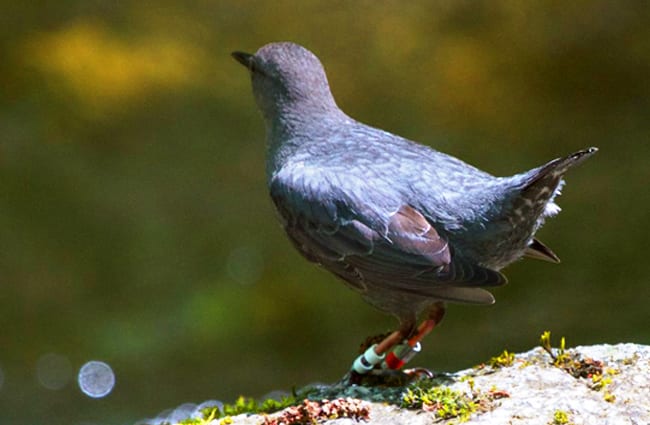
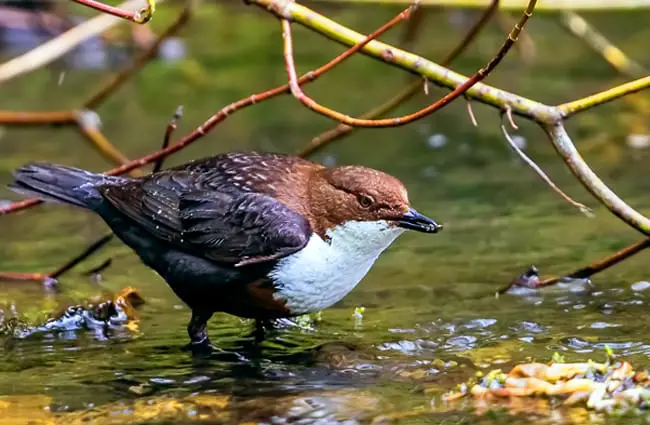
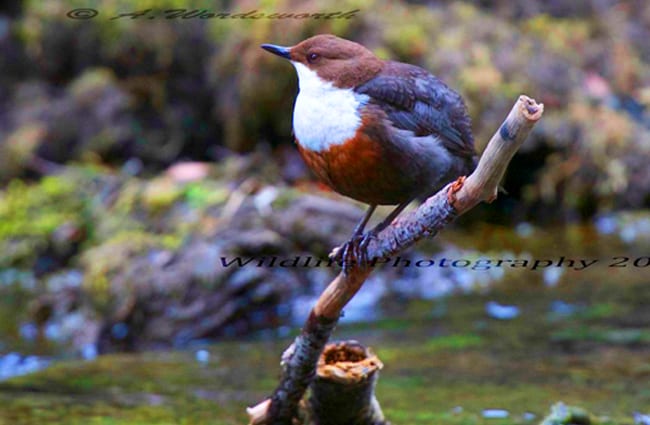


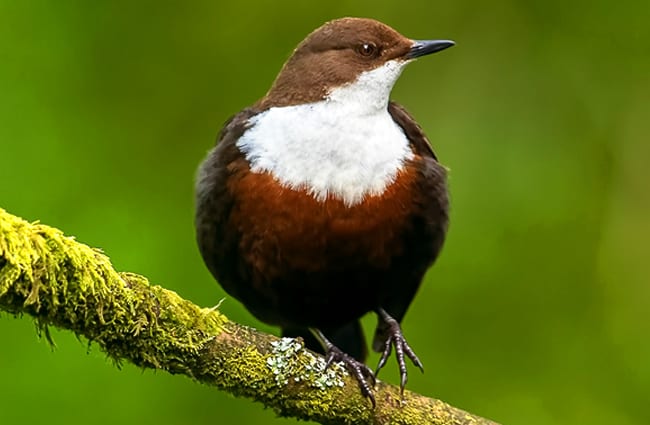
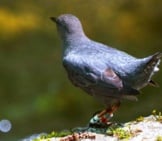
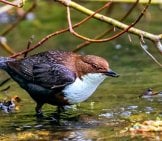
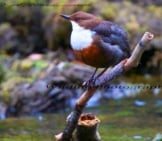
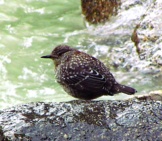
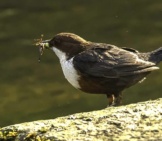

![Red Angus Closeup of a beautiful Red Angus cowPhoto by: U.S. Department of Agriculture [pubic domain]https://creativecommons.org/licenses/by/2.0/](https://animals.net/wp-content/uploads/2020/03/Red-Angus-4-238x178.jpg)


![Red Angus Closeup of a beautiful Red Angus cowPhoto by: U.S. Department of Agriculture [pubic domain]https://creativecommons.org/licenses/by/2.0/](https://animals.net/wp-content/uploads/2020/03/Red-Angus-4-100x75.jpg)

